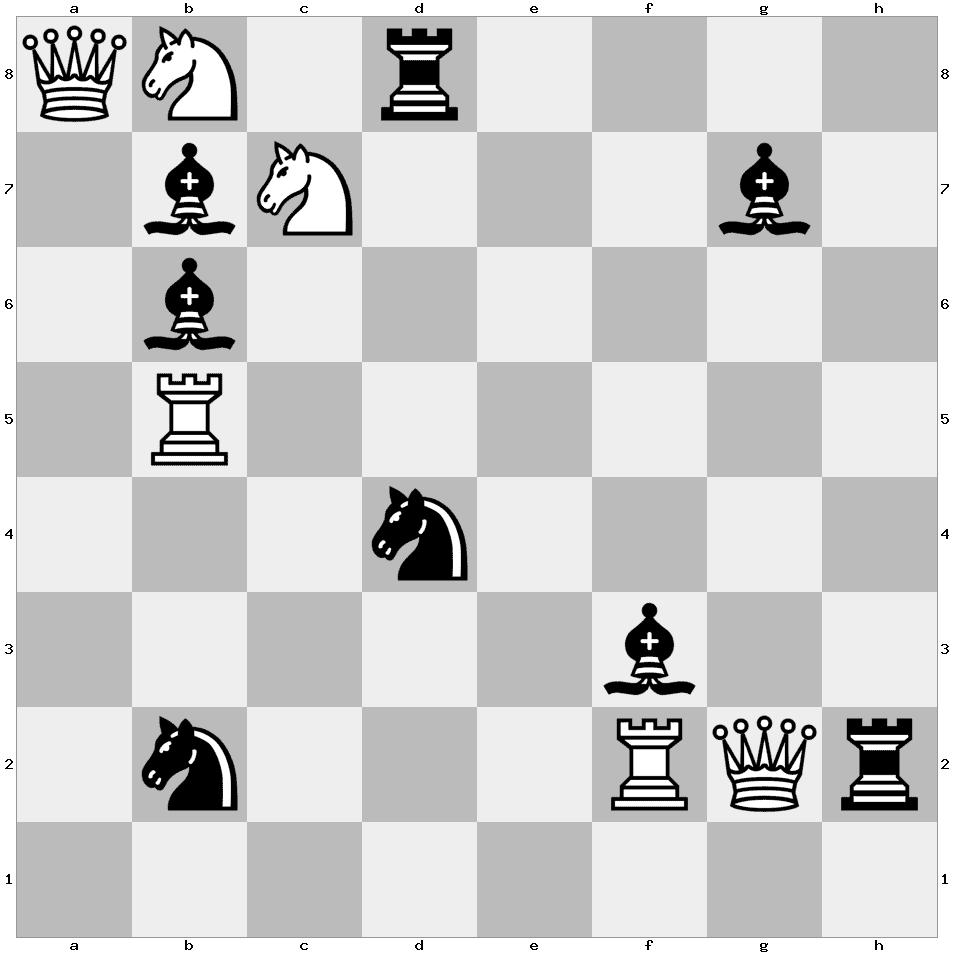

Furthermore, other processes central to traditional AI models (error correction and backtracking) appear to be of less importance for human players.Ĭrossword puzzles were first introduced in 1913, and have become both a popular pastime, mental training aid, and a domain of study for psychological researchers (e.g., Nickerson, 2011), who have long acknowledged the role of memory access in puzzle solving. Results reveal that expert crossword solving relies heavily on fluent semantic memory search and retrieval, which appear to allow experts to take better advantage of orthographic-route solutions, and experts employ strategies that enable them to use orthographic information. We compare our models to human expert and novice solvers to investigate how different strategic and structural factors in crossword play impact overall performance. In this paper, we developed an computational model of crossword solving that incorporates strategic and other factors, and is capable of solving crossword puzzles in a human-like fashion, in order to understand the complete set of skills needed to solve a crossword puzzle.


Mueller and Thanasuan ( 2013) proposed a model accounting for the simple memory access processes involved in solving individual crossword clues, but expert solvers also bring additional skills and strategies to bear on solving complete puzzles. The skills required to solve crossword puzzles involve two important aspects of lexical memory: semantic information in the form of clues that indicate the meaning of the answer, and orthographic patterns that constrain the possibilities but may also provide hints to possible answers.


 0 kommentar(er)
0 kommentar(er)
